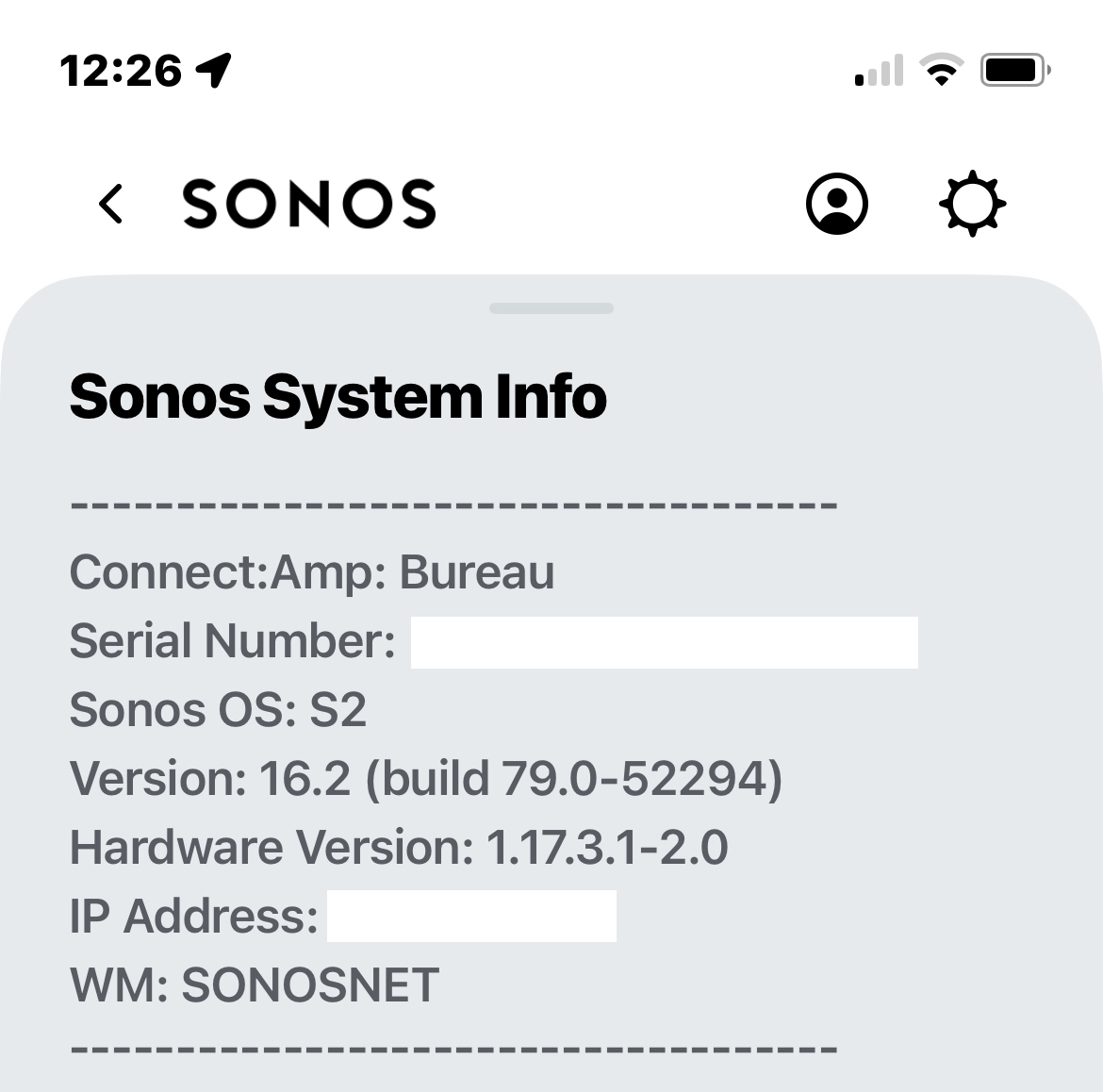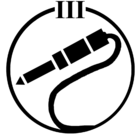Since Monday my Sonos system no longer works.
I had chat support about that (06231849) but the assistant left the conversation!
Not only my home automation system can no longer use them, but even your app no longer works correclty.
Spotify can't use them either reliably.
In your Sonos app (the one on my iPhone, and the one on my Mac), all my connect:Amps (Sonos ZonePlayer ZP120) keep connecting and disconnecting. They keep appearing and disappearing in the list of devices in the app. So I most of the time cannot launch a playback.
If I manage to launch a playback, then it will stop after one minute or two.
This problem seems to be linked to your last update.
Everything worked fine until this week.
My sonos devices are connect to my router (D-Link (web smart switch) DGS-1210-24P) through RJ45 cables which is connected (RJ45) to my internet box.
I've already tried unplugging the devices (and the router) and plugging them back in : the problem is the same.
My router configuration hasn't changed for years.
The firmware is the latest available (accordant to the sonos app), and the app version is also the latest available (80.00.08).
Is there a fix on its way about this regression (in the recent controller firmware that was automatically updated)?



